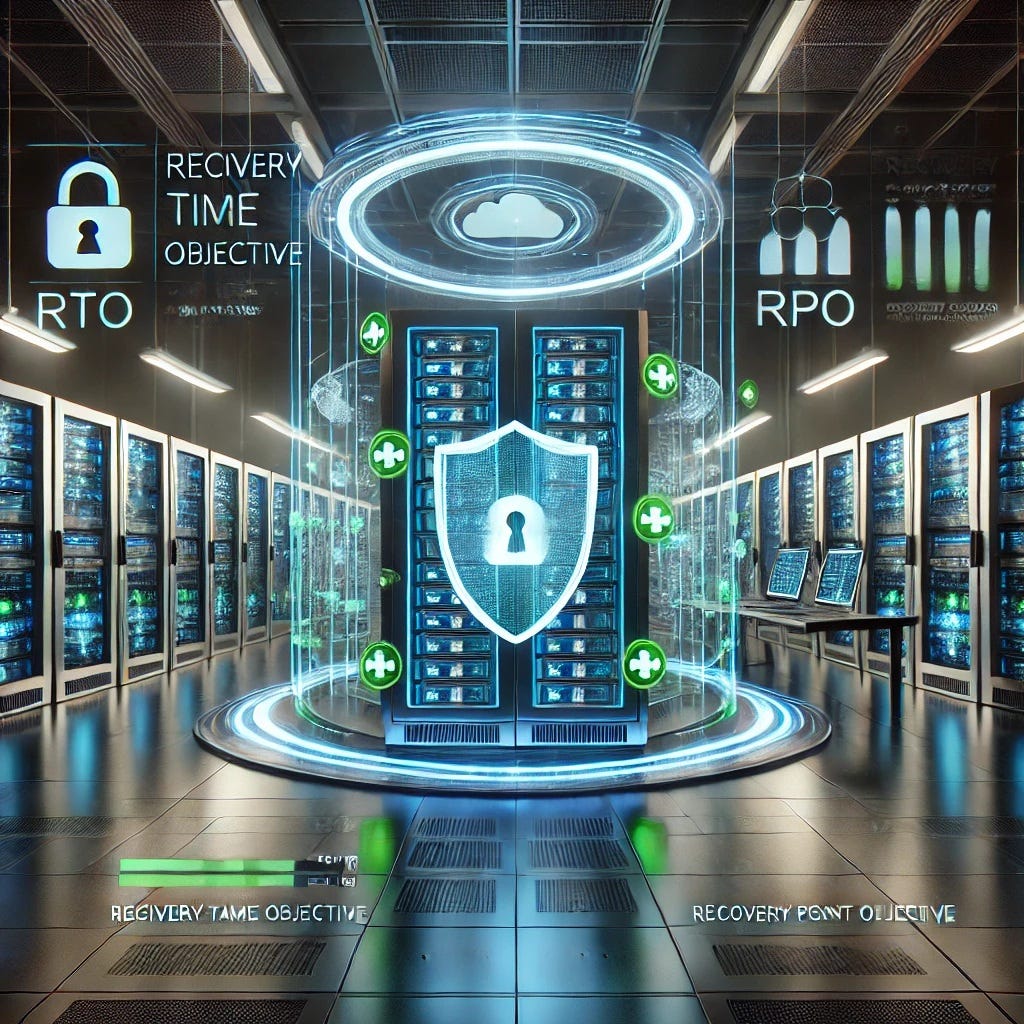Automated Disaster Recovery Planning
System downtime and data loss can have catastrophic consequences for businesses and organizations. Whether caused by hardware failures, cyberattacks, natural disasters, or human errors, disruptions to IT systems can lead to significant financial and reputational damage. To mitigate these risks, disaster recovery planning has become a critical practice for ensuring business continuity.
Disaster recovery involves strategies and technologies that enable organizations to restore operations quickly and efficiently after a disruption. However, manual recovery processes can be slow, error-prone, and resource-intensive, particularly for systems with high availability requirements. Automation, therefore, plays a vital role in modern disaster recovery plans. By automating tasks such as regular data backups, failover configurations, and system monitoring, businesses can significantly reduce recovery time and minimize the likelihood of data loss.
This tutorial will guide you through designing and implementing an automated disaster recovery solution that leverages modern tools and techniques. You will learn how to automate backups, configure failover mechanisms for critical services, and validate redundancy to ensure high availability. By the end of this project, you will have gained valuable insights into disaster recovery best practices, as well as hands-on experience with automation that will enhance your ability to maintain resilient and reliable systems.
Disaster Recovery and Its Importance
Disaster recovery is a critical component of any IT infrastructure strategy. It ensures that systems, applications, and data can be restored quickly and effectively in the event of a disruption, such as hardware failure, natural disasters, or cyberattacks. Before diving into the technical aspects of automating disaster recovery, it’s essential to understand the foundational principles, objectives, and why this process is vital for business continuity.
What is Disaster Recovery?
Disaster recovery (DR) refers to the process and methodologies used to restore IT systems and data after an unplanned incident. The goal of DR is to minimize downtime, maintain data integrity, and ensure that critical services remain accessible to users and customers. DR planning is particularly important in the modern world, where even minor disruptions can have cascading effects on businesses, resulting in revenue loss, reduced customer trust, and operational inefficiencies.
At its core, disaster recovery focuses on two key metrics:
Recovery Time Objective (RTO): The maximum acceptable amount of time it should take to restore systems after a disruption.
Recovery Point Objective (RPO): The maximum acceptable amount of data loss measured in time (e.g., 15 minutes of data loss).
Effective DR strategies aim to minimize both RTO and RPO by implementing resilient systems that can quickly recover from failures.
Why is Disaster Recovery Important?
Disasters can occur in many forms, including hardware failures, power outages, human errors, cyberattacks, and natural events like earthquakes or floods. The impact of these disasters varies depending on the size and complexity of the organization, but the consequences can be severe if no recovery plan is in place. For example:
Prolonged downtime can disrupt critical business operations, leading to financial losses.
Data loss can affect decision-making, compliance with regulations, and customer trust.
Reputational damage caused by downtime or data breaches can take years to repair.
A well-thought-out disaster recovery plan ensures that businesses can bounce back quickly from such events, maintaining continuity and minimizing the impact on stakeholders.
Components of Disaster Recovery
Disaster recovery plans consist of several key components designed to address various aspects of recovery:
Backups: Regularly scheduled backups are the cornerstone of any DR strategy. They ensure that a copy of data is always available, even if the primary source is compromised.
Failover Mechanisms: Failover systems automatically redirect traffic or workloads to standby systems in the event of a failure, ensuring minimal downtime.
High Availability: Building redundancy into infrastructure ensures that critical services can continue operating without interruption, even during localized failures.
Testing and Validation: Regular testing of the DR plan ensures that all systems function as intended during a real disaster.
By automating these components, organizations can achieve faster recovery times, reduce the risk of human error, and create a more reliable system for handling disruptions.
Objectives
The focus is to guide you through the process of designing and implementing an automated disaster recovery solution. You will learn how to automate essential tasks such as backups, configure failover mechanisms for critical services, and validate redundancy to achieve high availability. These skills will help you not only design a robust disaster recovery plan but also deepen your understanding of high availability, redundancy, and the technologies that enable resilient systems.
With this foundation, you are ready to begin the hands-on process of implementing an automated disaster recovery plan in the next sections.


